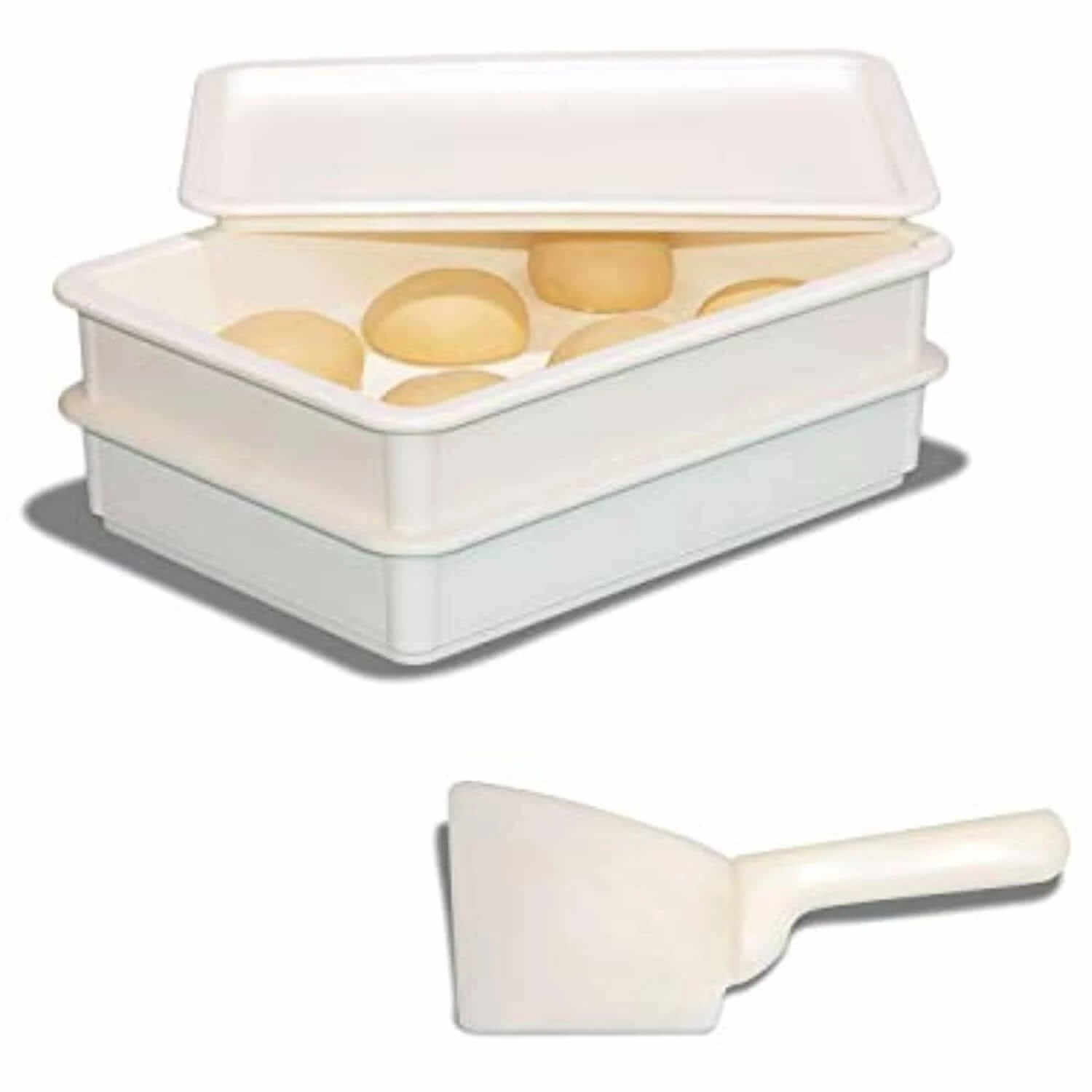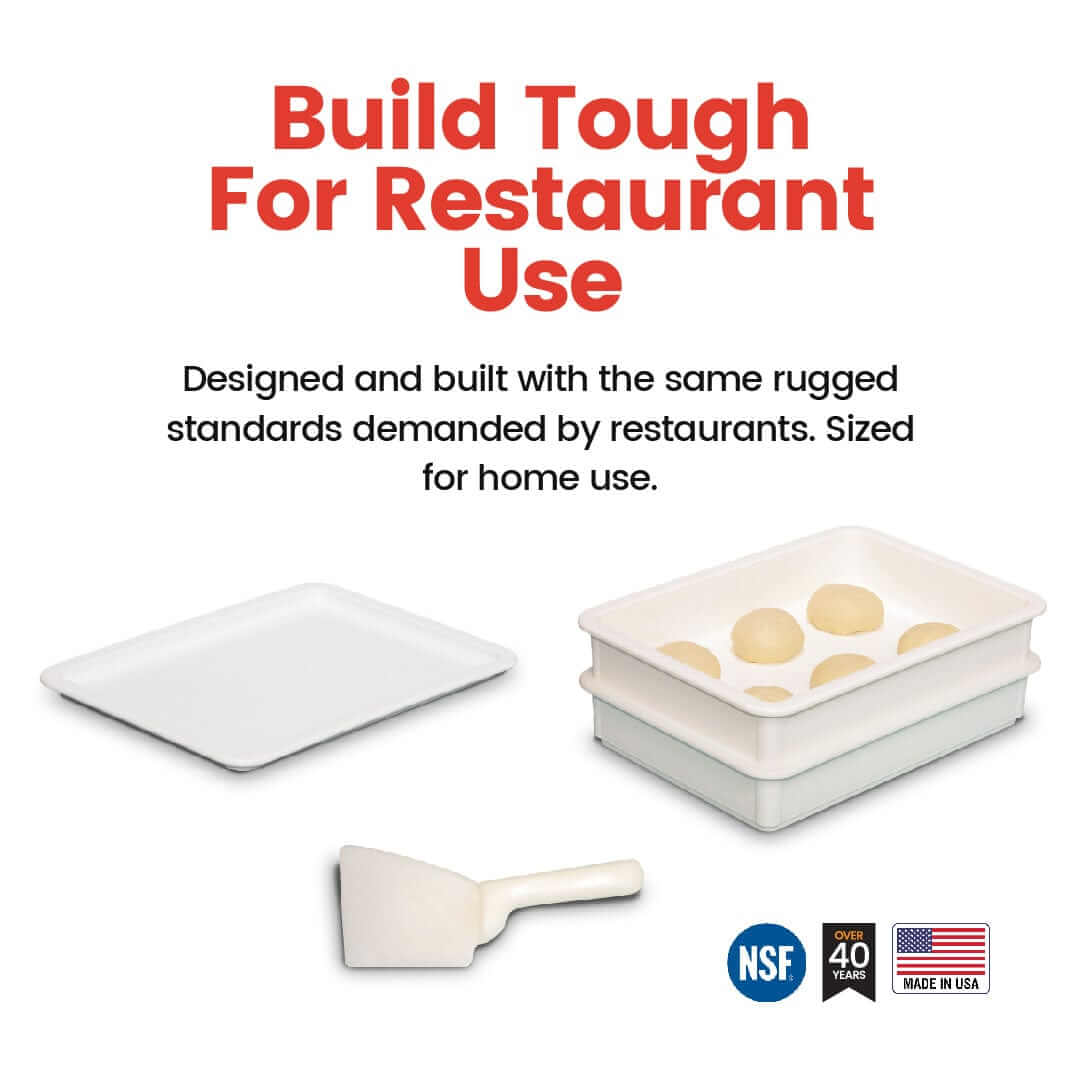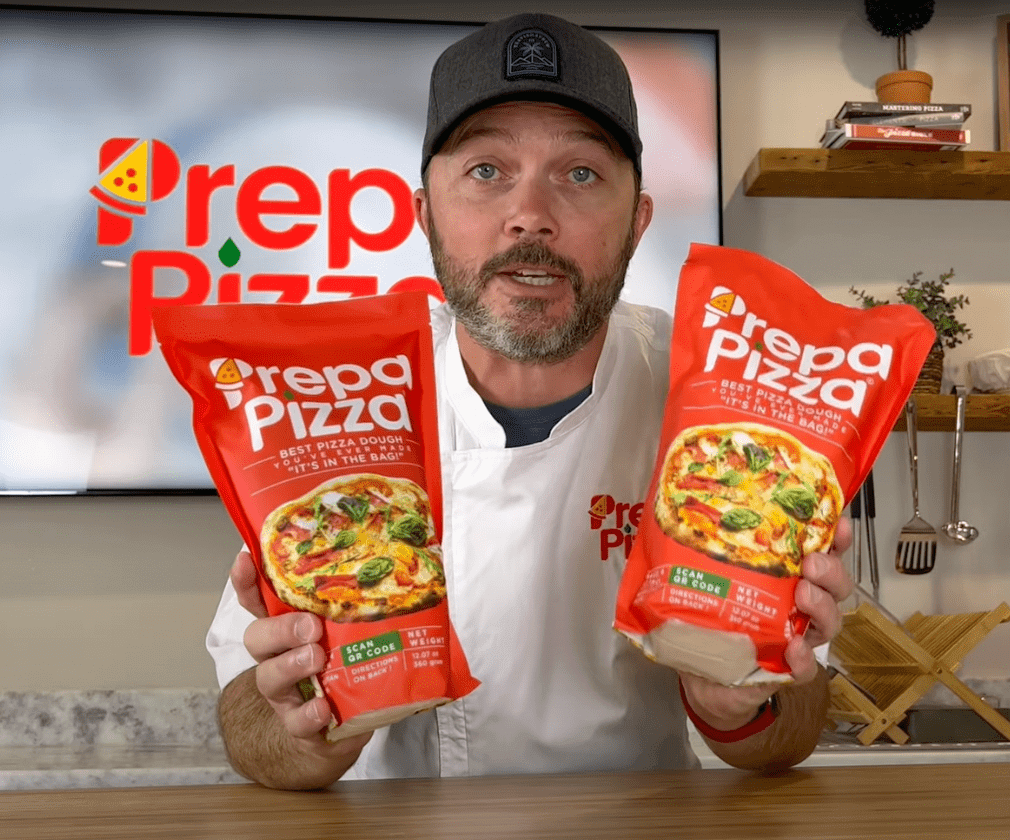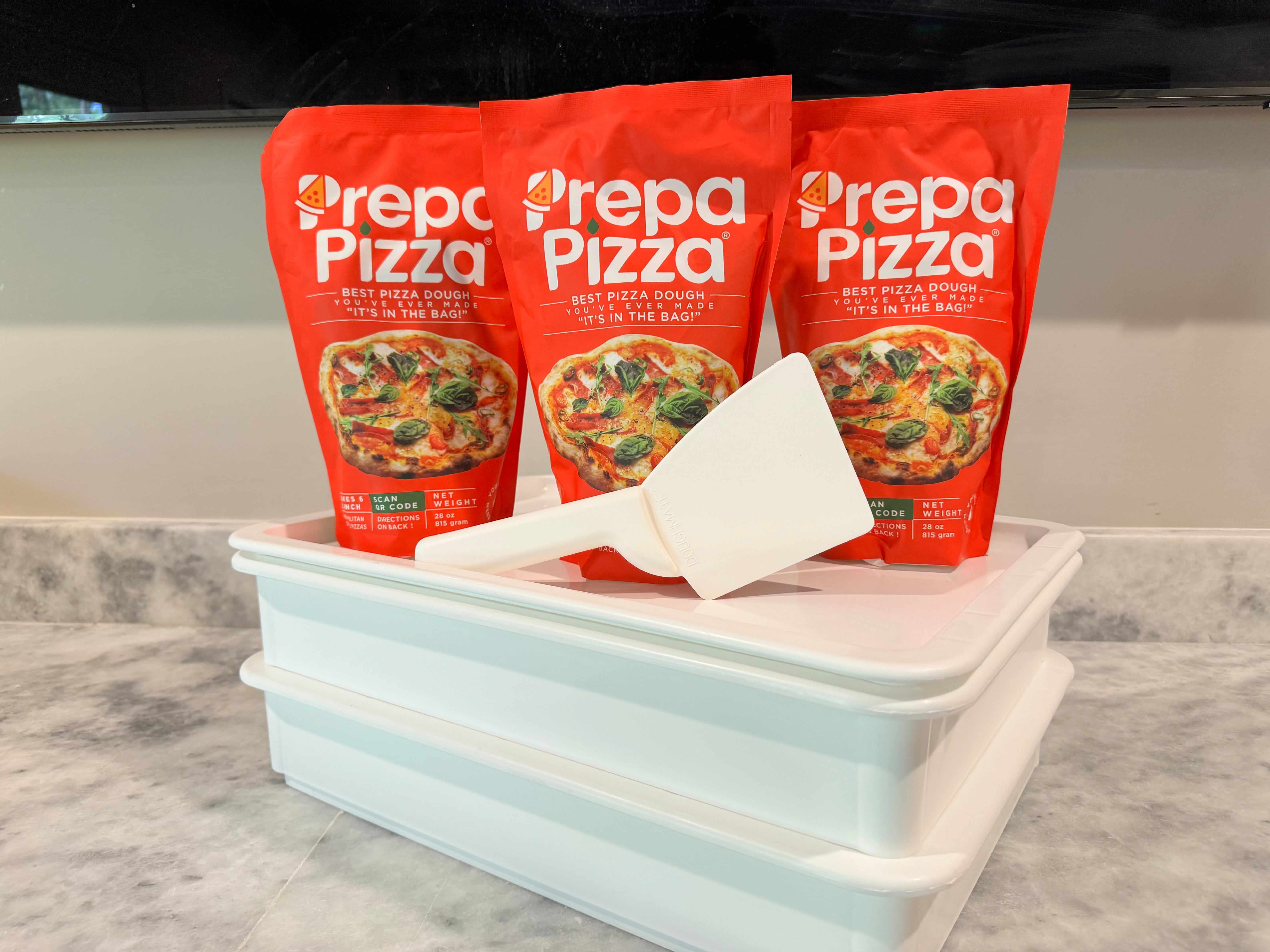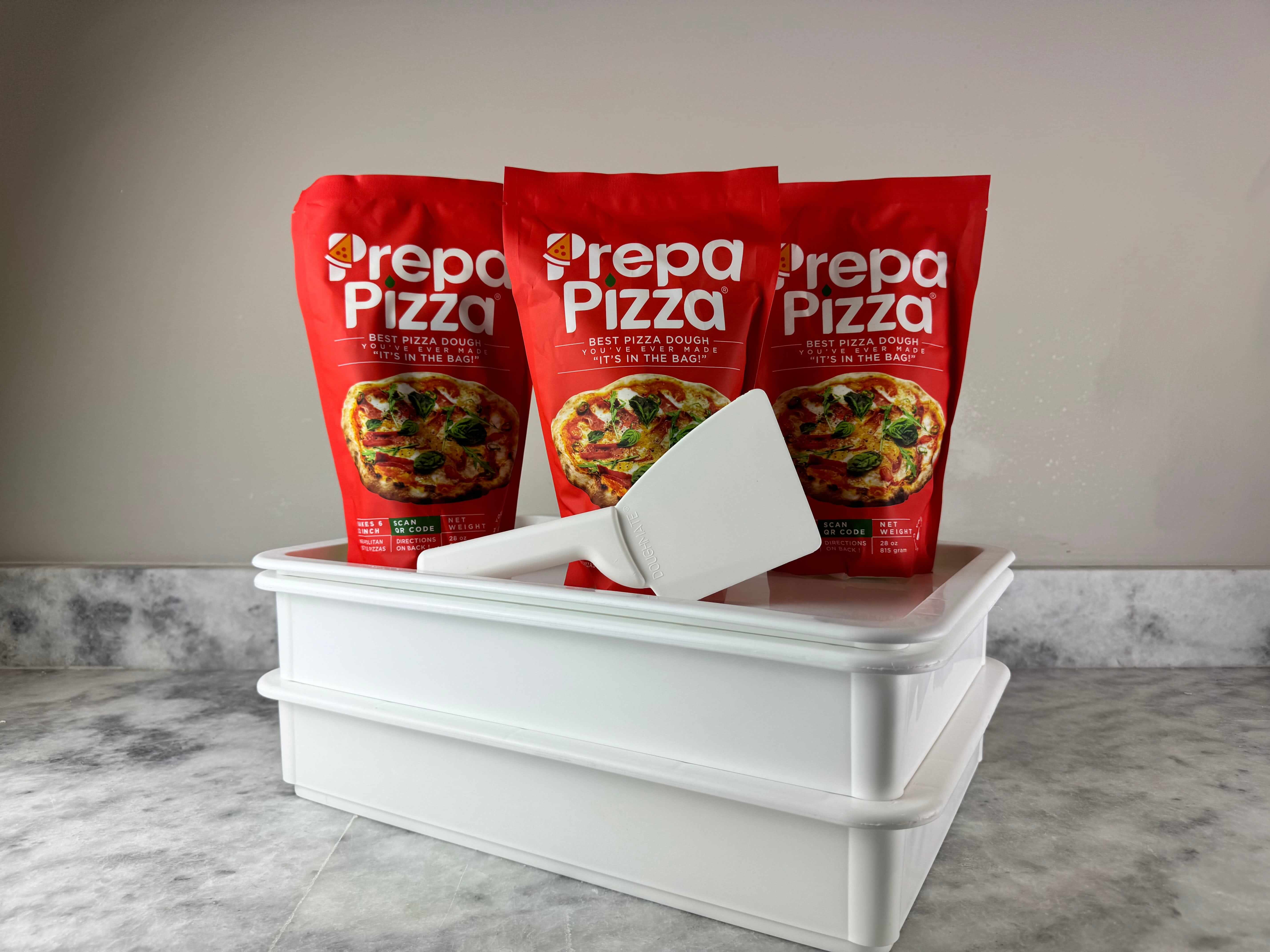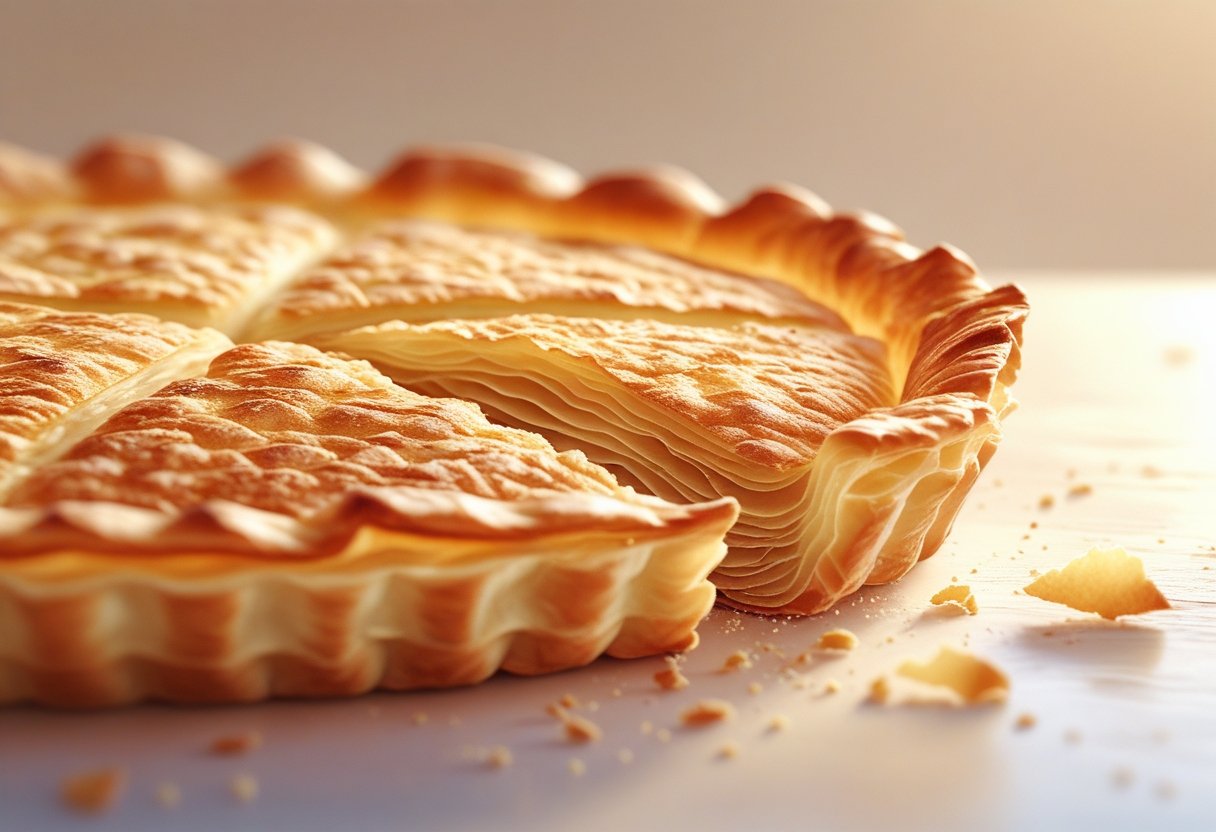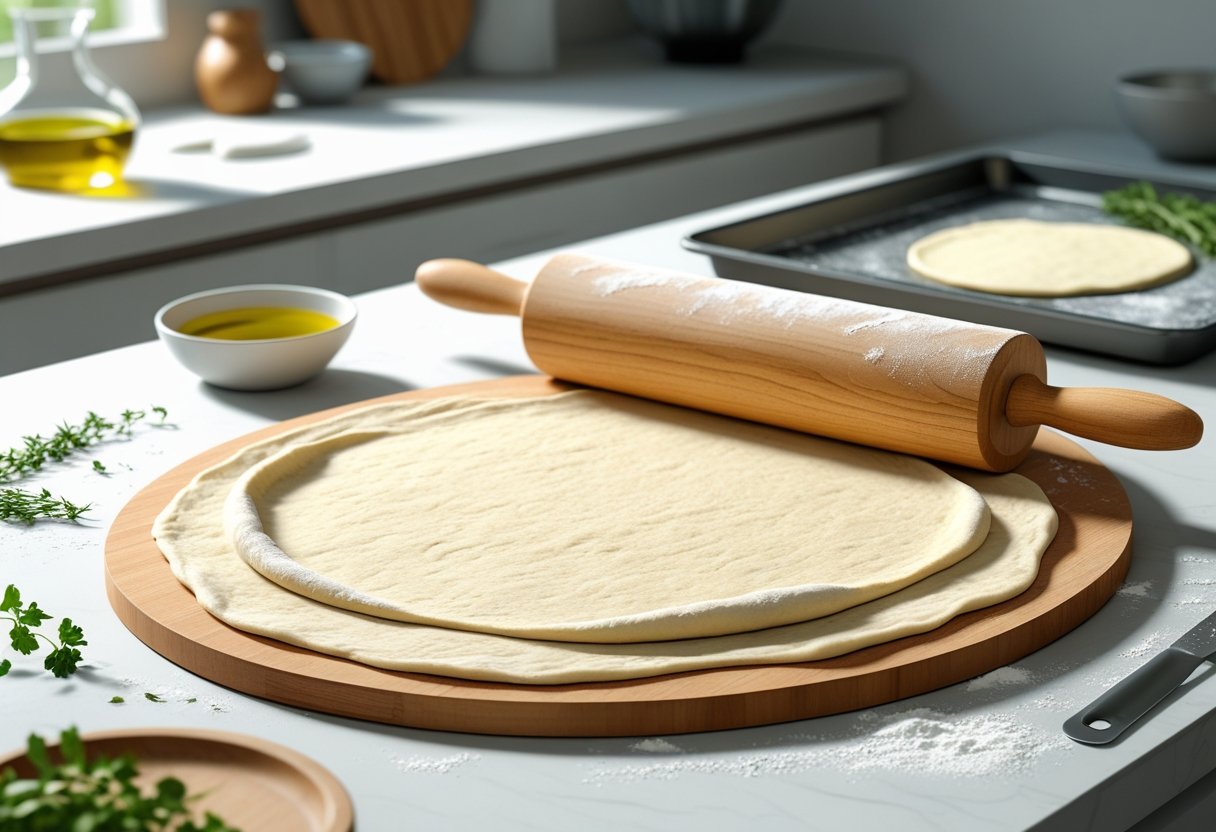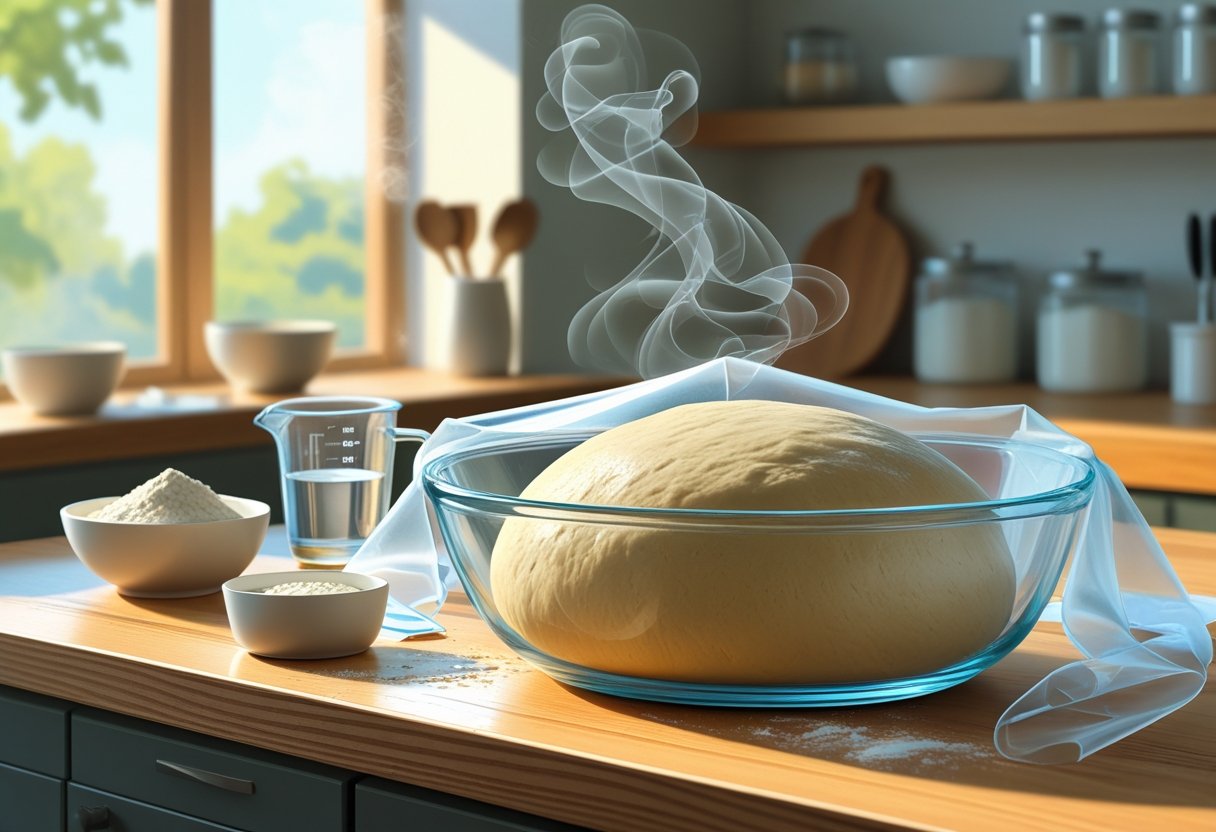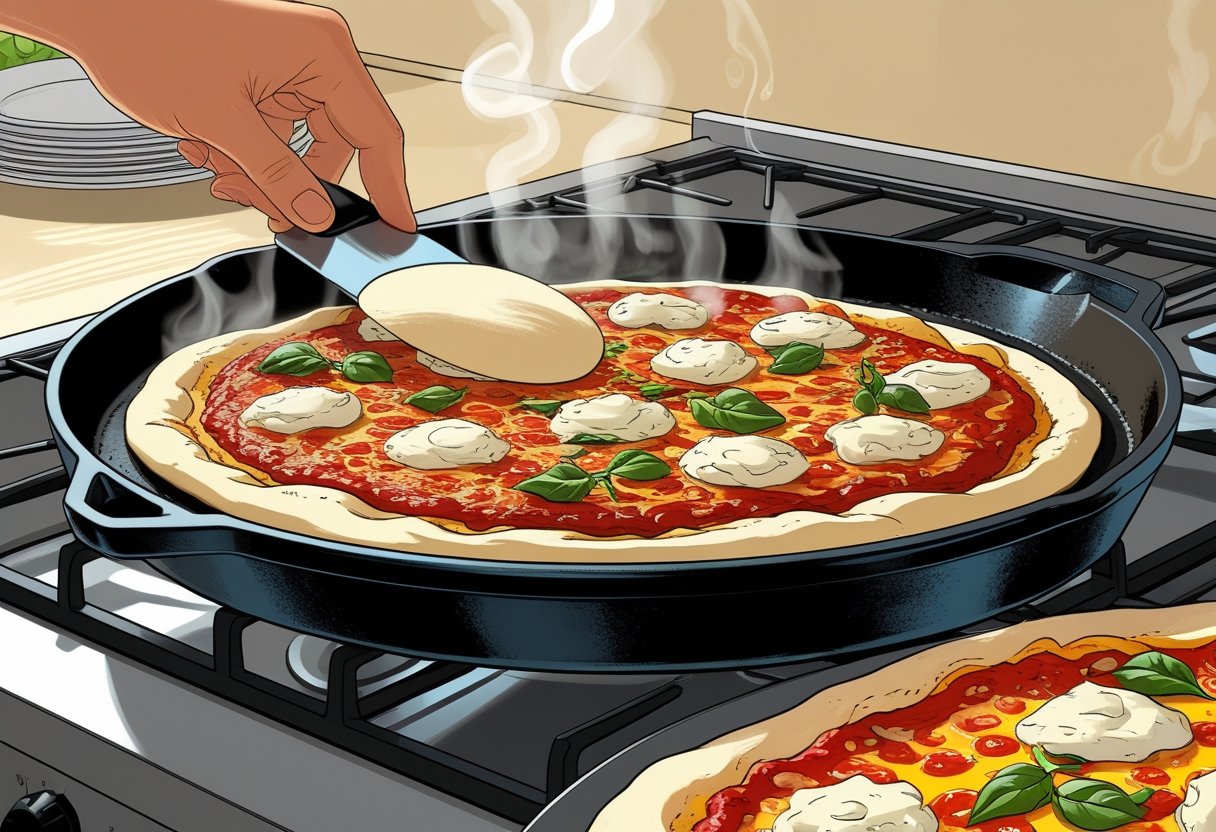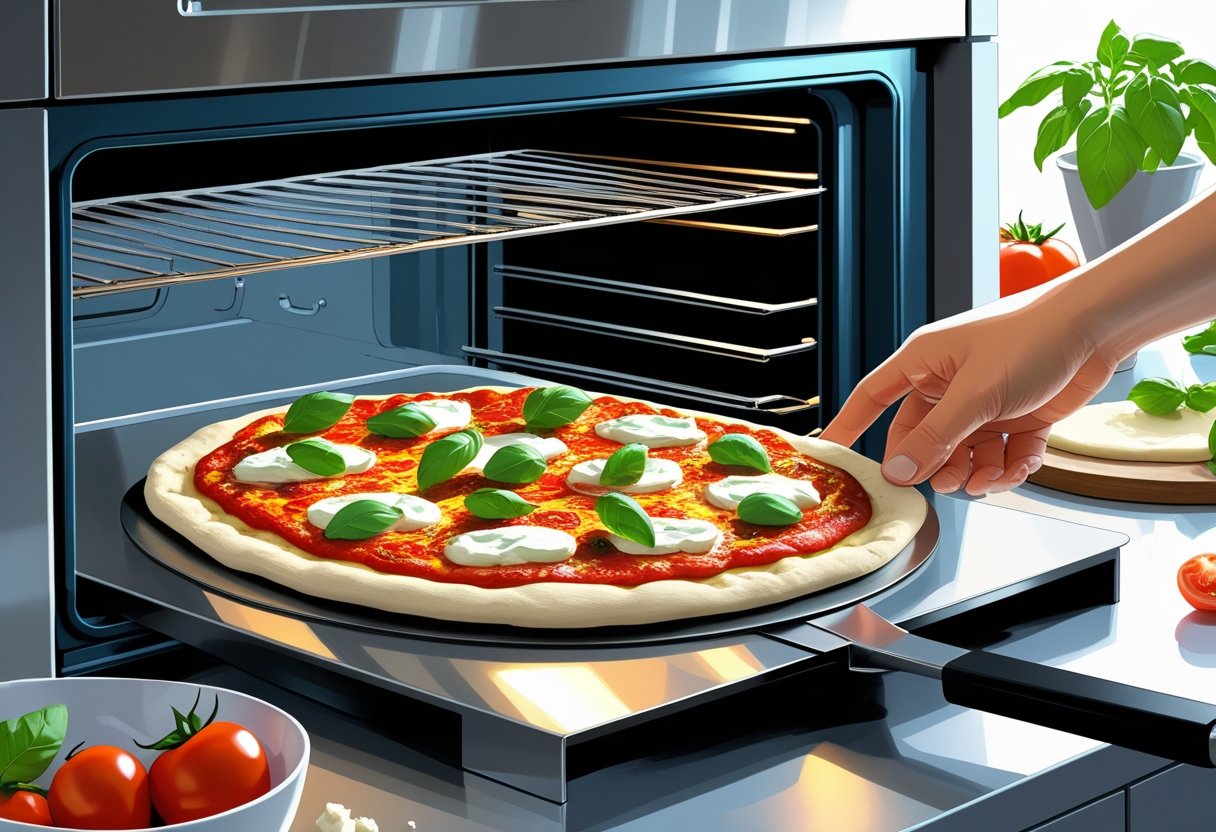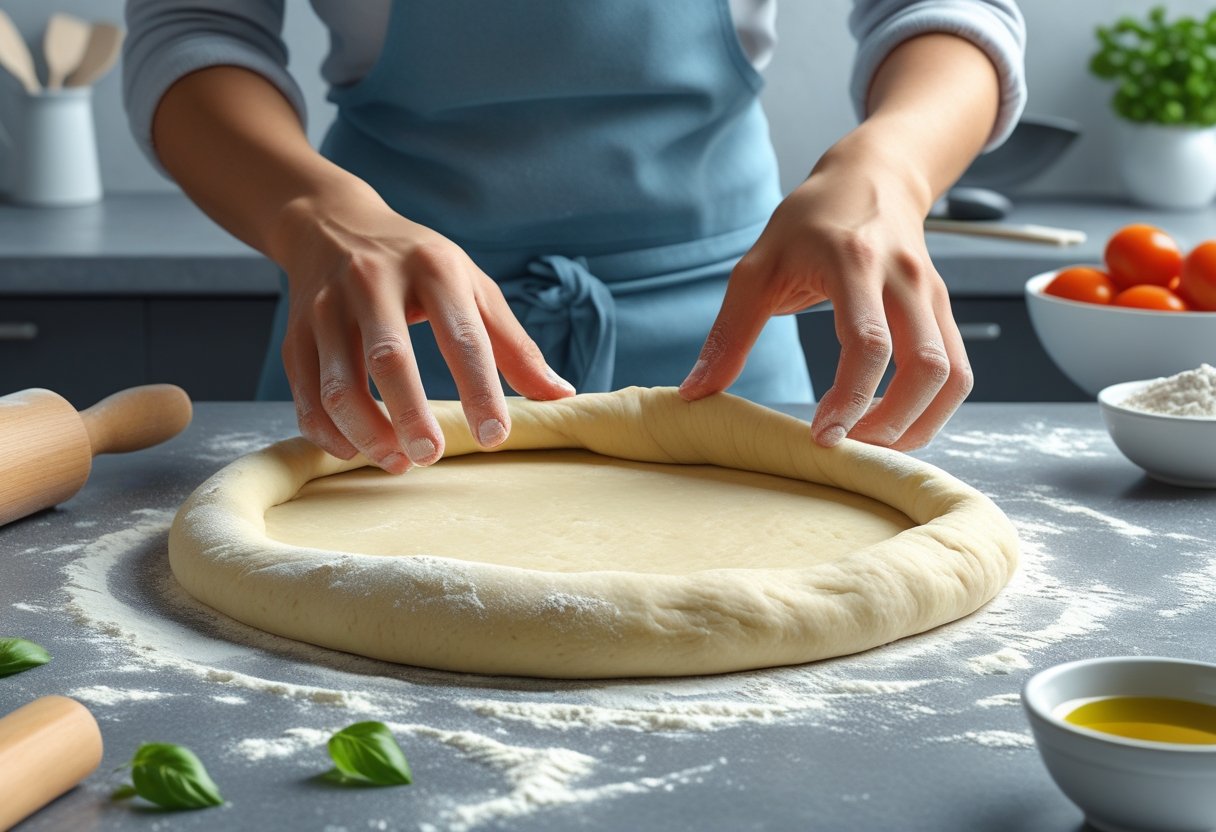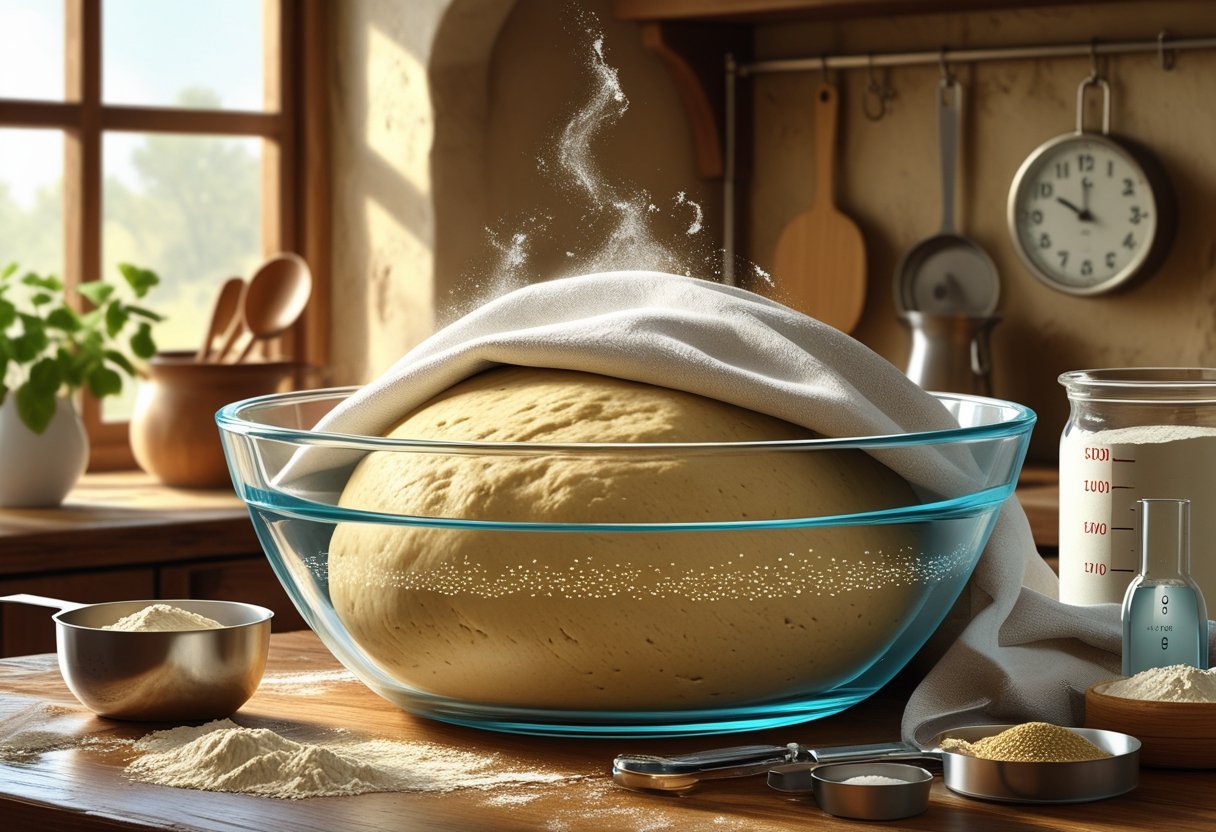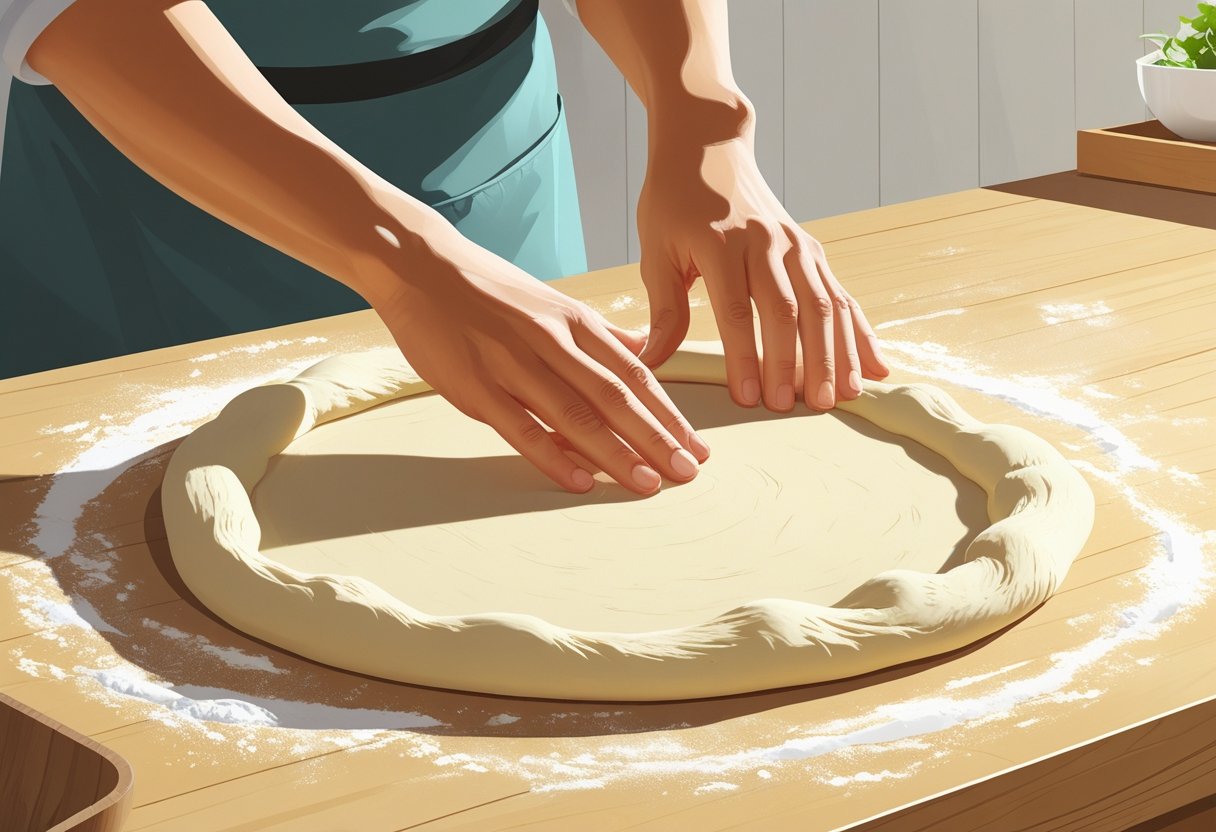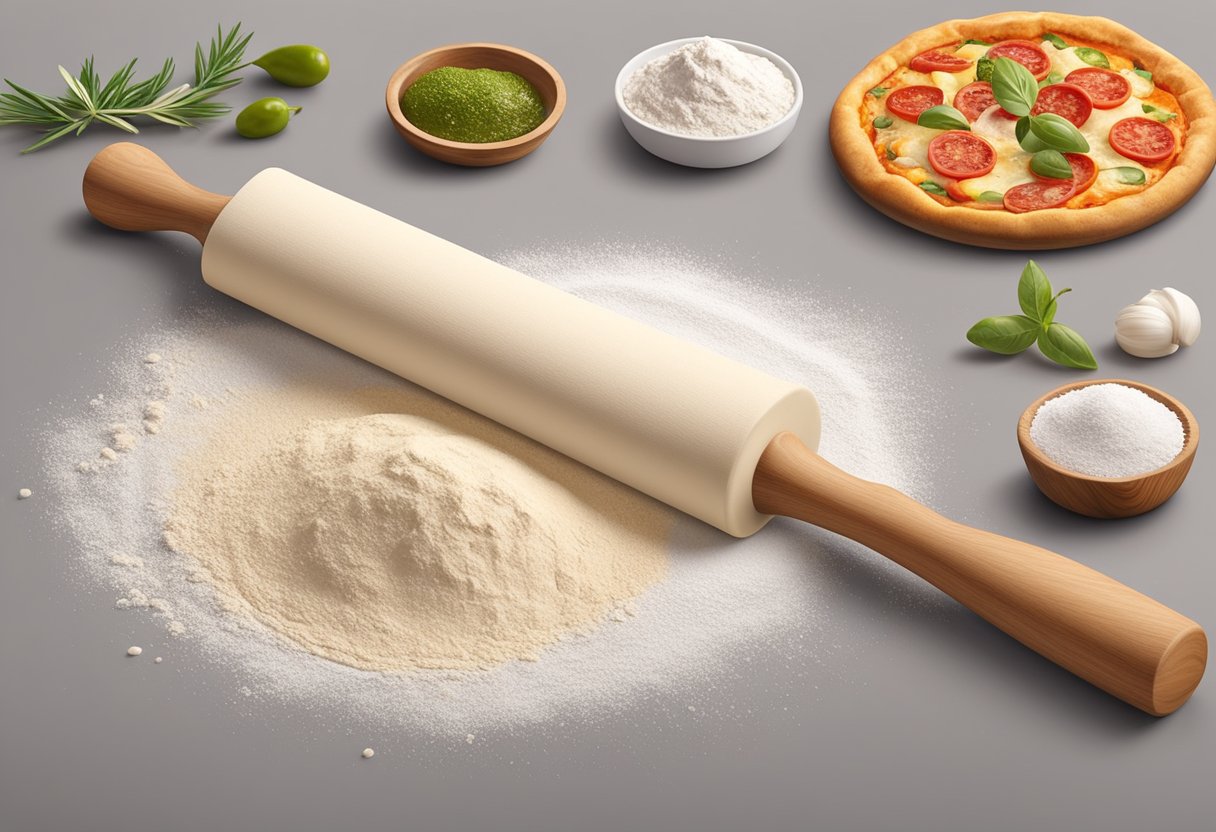
How Many Calories in Pizza Dough: Understanding the Nutritional Content
When you're preparing to make pizza, understanding the calorie content of your ingredients is essential. Pizza dough typically contains between 160 to 389 calories per serving, depending on its size and the specific recipe used. Whether you're opting for a classic crust or a thicker variety, being mindful of calories can help you enjoy your meal without the guilt.
Using quality pizza dough can significantly enhance your culinary experience. Prepa Pizza provides premium dough that not only tastes great but also maintains a balanced nutritional profile. You'll find that its ingredients are thoughtfully selected, ensuring that you create delicious pizzas while keeping track of your calorie intake.
As you dive into the world of pizza making, knowing the calorie content of pizza dough allows you to enjoy this beloved dish in moderation. With Prepa Pizza’s superior quality dough, you can craft satisfying meals tailored to your dietary needs.
Understanding Calories in Pizza Dough
When considering pizza dough, it’s essential to understand what influences its calorie content and how serving sizes can impact your nutritional intake. Knowing these details can help you make informed choices while enjoying your pizza.
What Determines the Calorie Content
The calorie content in pizza dough primarily depends on the ingredients used. Common components include flour, water, yeast, and sometimes sugar and oil. Each of these contributes to the overall calorie count.
For example, different types of flour may offer varying calorie levels. While all-purpose flour is standard, whole wheat flour can introduce more fiber and slightly more calories.
Prepa Pizza uses high-quality ingredients that uphold restaurant standards, ensuring that you not only get a delicious product but also clarity on nutritional facts. Checking the specific recipe can provide insights into caloric breakdown, especially if you're mindful of your dietary goals.
Typical Calorie Ranges for Pizza Dough
Calorie values for pizza dough can vary. Typical ranges might include:
- Frozen pizza dough: Approximately 160 calories per quarter round, translating to about 291 calories per 100 grams.
- Homemade pizza dough: Generally, around 72 calories for a 28g serving.
For larger quantities, such as a full pan, calorie counts can soar to 610 calories for a 10-inch dough. This highlights the importance of portion control while enjoying your pizza.
Prepa Pizza ensures you receive precise nutritional information to help you enjoy your pizza experience without compromising your dietary needs.
Serving Size and Portion Considerations
Understanding serving sizes is crucial for managing calorie intake. Most nutrition facts are calculated based on specified amounts. For example, standard servings might be established at 28 grams.
When planning your meal, consider how much dough you typically use. Using more dough increases calories significantly. Therefore, adjusting portion sizes can balance taste and nutrition without sacrificing enjoyment.
Opt for smaller portions if you intend to add calorically dense toppings. The quality and consistency of Prepa Pizza’s dough allow for customization while keeping calorie counts manageable.
Pizza Dough Ingredients and Their Nutritional Impact
Understanding the ingredients that go into pizza dough is essential for grasping its nutritional implications. Key components like flour, water, yeast, and salt all play significant roles in the dough's overall nutrition and characteristics.
Nutritional Breakdown of Core Ingredients
The primary ingredients in pizza dough are flour, water, yeast, and salt. Each contributes unique nutritional elements.
-
Flour: Typically, all-purpose flour is used, providing around 364 calories per 100 grams. It is primarily composed of carbohydrates, offering about 76 grams, along with around 10 grams of protein. Whole wheat flour can add more fiber and nutrients.
-
Water: While it does not contribute calories, water activates the gluten proteins in the flour, aiding in dough elasticity.
-
Yeast: Often, active dry yeast is used, which contains negligible calories but is vital for fermentation. It helps the dough rise and contributes to flavor.
-
Salt: Usually added in small amounts, salt enhances flavor and controls yeast activity. It contains no calories but is crucial for the overall taste profile.
The Role of Different Flours
Choosing the right flour impacts not just calories but also texture and flavor. Many pizza makers use various flours, including:
-
All-Purpose Flour: Versatile and common, has a moderate gluten content which provides chewier texture.
-
Whole Wheat Flour: Higher in fiber and nutrients, this flour enhances health benefits but can create a denser crust.
-
Gluten-Free Options: If you opt for gluten-free dough, it can include ingredients like potato starch. These options vary significantly in caloric content and may lack fibrous structure compared to standard flours.
Prepa Pizza uses premium quality flours to ensure optimal texture and taste, enhancing your pizza experience.
Yeast, Salt, Water, and Their Effects
Each of these additional components impacts the dough's performance and flavor.
-
Yeast: Not only helps in leavening but also contributes to a slight tang, enhancing the overall flavor of the pizza.
-
Salt: Beyond flavor, salt strengthens gluten structure, which is crucial for dough elasticity.
-
Water: The amount of water can also affect the dough's hydration level, affecting the final product's chewiness and crispness.
When combined, these ingredients create a balanced dough. With Prepa Pizza, you are assured of using quality ingredients that yield an excellent pizza base, ensuring a satisfying culinary result.
Macronutrients and Micronutrients in Pizza Dough
When considering pizza dough, understanding its macronutrients and micronutrients is essential for making informed dietary choices. These components can significantly impact your overall nutrition, especially if you enjoy pizza as part of your regular meals.
Carbohydrates and Sugar Content
Pizza dough primarily consists of carbohydrates, which serve as the main energy source for your body. A typical serving contains about 60-70% carbohydrates, depending on the specific recipe. For instance, a 100-gram portion might include approximately 60-65 grams of total carbohydrates.
In terms of sugar, the amount is generally low, often around 1-2 grams per serving. This includes any sugars that may come from added ingredients, such as honey or sugar in the dough. Prepa Pizza uses quality ingredients to ensure that your dough provides a satisfying base without excess sugar, making it a balanced choice for pizza lovers.
Protein and Dietary Fiber
Protein content in pizza dough usually ranges from 8 to 12 grams per serving. This macronutrient plays a crucial role in muscle repair and overall body function. The protein in pizza dough typically comes from wheat flour, with high-protein varieties often yielding better dough strength.
Dietary fiber levels are relatively low, usually around 1-3 grams per serving. While pizza dough is not a significant fiber source, choosing whole-grain options can improve fiber content. Incorporating toppings like vegetables can further enhance the fiber content of your meal. With Prepa Pizza, you can adjust your choices to create a more fiber-rich experience with quality dough.
Fat, Saturated Fat, and Cholesterol Levels
Pizza dough contains total fat, usually averaging between 1-4 grams per serving. The fat content can vary based on the recipe and whether oils or other fatty ingredients are included. When it comes to saturated fat, the levels are generally low, often around 0.5-1 gram.
Cholesterol levels in pizza dough are minimal, typically less than 5 milligrams per serving, primarily if no animal products are involved. Prepa Pizza’s dough focuses on using quality ingredients without unnecessary fats, making it a healthier base for your pizza creations.
Vitamins and Minerals
Pizza dough also contains several essential vitamins and minerals, though the amounts can vary. Key nutrients include calcium, iron, and potassium. For example, a serving may offer around 10% of the daily recommended calcium intake, which supports bone health.
Iron content can be significant, especially in enriched flour, providing about 6-10% of your daily needs. Potassium levels are typically lower but contribute to maintaining fluid balance in the body. By incorporating toppings rich in vitamins, such as leafy greens and tomatoes, you can enhance the nutritional profile of your pizza made with Prepa Pizza.
Pizza Dough Varieties and Calorie Differences
Pizza dough comes in various types, each with distinct calorie counts and nutritional profiles. Understanding these differences can help you make informed choices for your meals.
Traditional vs Thin Crust Dough
Traditional pizza dough is typically thicker and chewier. A standard serving of 100g of traditional dough contains around 227 calories. In contrast, thin crust dough is designed to be crispier and lighter. Surprisingly, some thin crust pizzas can have a higher calorie count due to ingredients that enhance flavor or texture.
For example, you might find that a thin crust variant has about 200 calories for four slices, compared to 150 calories for two slices of a normal crust. This difference can be attributed to the ingredients used in the dough and how the portions are sized.
Gluten-Free and Alternative Doughs
Gluten-free pizza doughs cater to those with dietary restrictions. These often utilize ingredients like rice flour, almond flour, or even xanthan gum to provide a similar texture. For instance, a gluten-free dough can range from 250 to 300 calories per serving, depending on the ingredients used.
Alternative doughs, such as those made from cauliflower, also pitch in for the health-conscious. They can offer lower calorie options, generally around 150 to 200 calories per serving. This versatility allows you to enjoy pizza while managing your calorie intake effectively.
Large Pizza and Portion Size Variations
When it comes to pizza, portion size significantly impacts calorie count. A large pizza typically features thicker crust options and larger servings. As a reference, a large pizza may contain around 2,500 calories or more, depending on the toppings and style of dough.
If you opt for smaller slices from a large pizza, it's essential to adjust your calorie calculations accordingly. Moreover, sharing pizzas can be a way to enjoy different flavors while controlling individual calorie consumption. Always consider how your choices in crust and size affect your overall meal.
With Prepa Pizza, you can rely on quality ingredients and perfect dough for all your pizza needs, ensuring a satisfying meal regardless of the type of dough you choose.
Daily Value, Calorie Burn, and Nutrition Tracking
Understanding the daily value of pizza dough, how long it takes to burn off those calories, and leveraging nutrition tracking tools can enhance your dietary choices. This section will focus on how pizza dough fits into your nutritional needs and how you can effectively monitor your intake.
Recommended Daily Intake and Pizza Dough
The recommended daily caloric intake varies based on factors like age, gender, and activity level. On average, adults require about 2,000 to 2,500 calories per day. A serving of pizza dough can contain anywhere from 240 to 540 calories, depending on the type and recipe used.
When you opt for Prepa Pizza's dough, you get quality ingredients that contribute to your daily value. For instance, 100 grams of pizza dough provides approximately 240 calories, with a macronutrient breakdown of 74% carbs, 13% fat, and 13% protein.
Be mindful of how these figures relate to your daily needs. Tracking these numbers can help you balance your diet effectively.
Calorie Burn Time for Common Activities
Understanding how long it takes to burn off the calories from pizza dough can help you make informed choices. For example, if you consume 240 calories from a typical serving, consider these activities:
- Walking (3 mph): Approximately 38 minutes needed to burn off 240 calories.
- Jogging (6 mph): Around 13 minutes will suffice.
- Bicycling (10 mph): Roughly 19 minutes is required.
- Swimming: The time will vary depending on the intensity but could be around 20-30 minutes for moderate-paced swimming.
Incorporating some of these activities regularly can help manage your caloric intake effectively.
Nutrition Tracking and Food Search Tools
To monitor your calorie intake, utilize nutrition tracking tools like SnapCalorie. These platforms allow you to search for pizza dough and other foods quickly. You can log your meals, making it easier to understand your daily intake versus recommended values.
Many food tracking apps provide nutritional information and even allow for barcode scanning, making it user-friendly. Whether you’re at home or on the go, tracking what you eat enables you to stay conscious of your dietary choices.
Prepa Pizza encourages utilizing these tools to ensure you enjoy their premium dough while maintaining balanced nutrition.
Frequently Asked Questions
Understanding the caloric content of pizza dough can help you make informed choices regarding your meals. This section answers common queries about pizza dough calories, focusing specifically on different measurements and related calculations.
What are the caloric contents of 100 grams of homemade pizza dough?
Homemade pizza dough typically contains around 262 calories per 100 grams. This value can vary slightly based on the specific ingredients and methods used in preparation.
How many calories are there in just the crust of a pizza?
The caloric content of a pizza crust depends on its size and thickness. A standard 12-inch crust generally contains approximately 536 calories, while a 13-inch crust has about 629 calories.
Can you determine the number of calories in a 12-inch pizza base?
Yes, the caloric content of a 12-inch pizza base is typically around 536 calories. This value reflects the basic crust without any additional toppings or sauces.
What is the average calorie count for homemade pizza dough?
The average calorie count for homemade pizza dough can range from 240 to 300 calories per 100 grams. The exact amount will depend on the recipe and the types of flour or ingredients used.
How does one calculate the calories found in pizza sauce?
To calculate the calories in pizza sauce, check the nutritional information for the specific brand or recipe used. Ingredients like tomatoes, oils, and seasonings can impact the total caloric value.
What tools can assist in calculating the caloric content of pizza dough?
Using a kitchen scale can help you measure your ingredients accurately. Additionally, nutrition calculators or apps can assist you in determining the caloric content of various components of your pizza.




